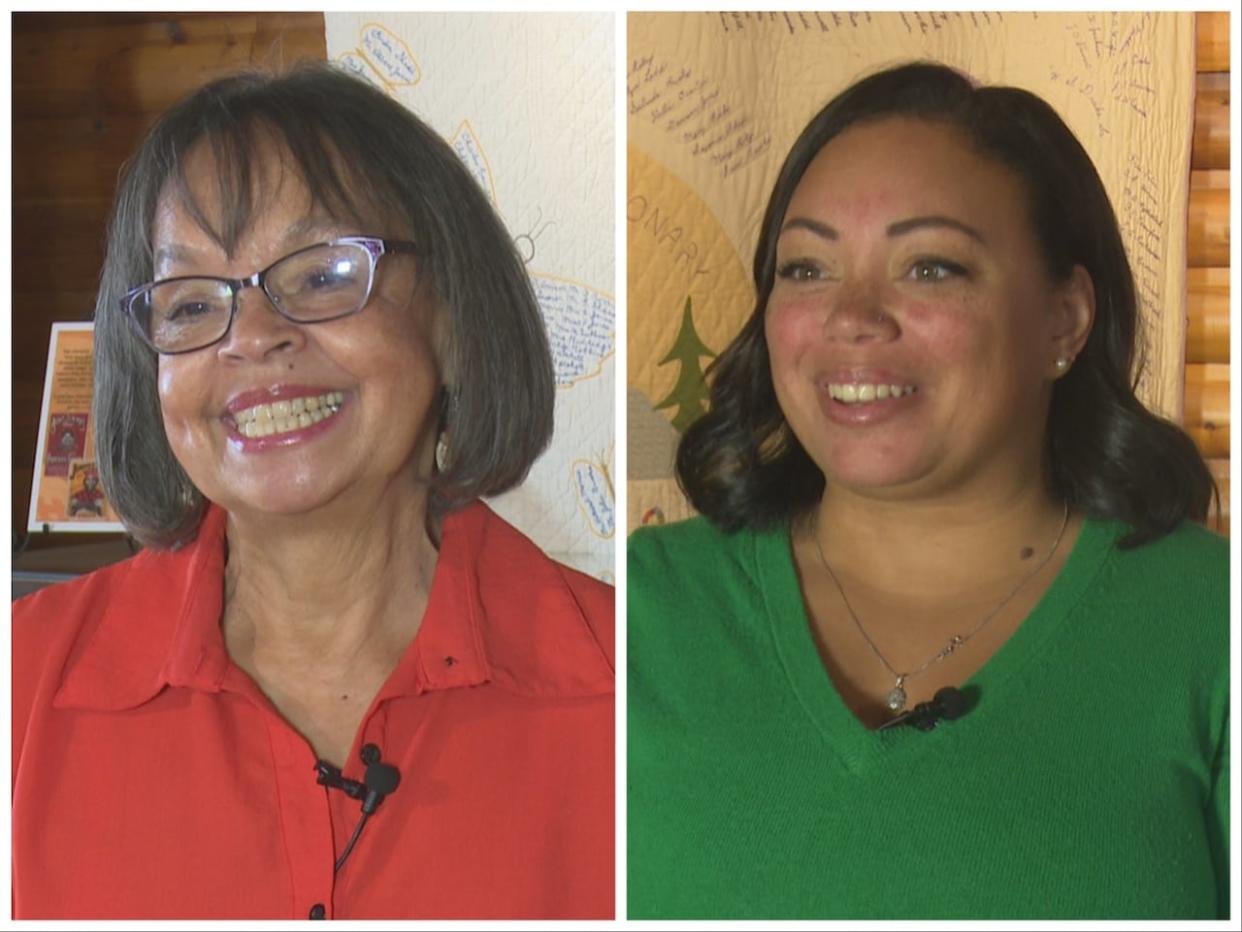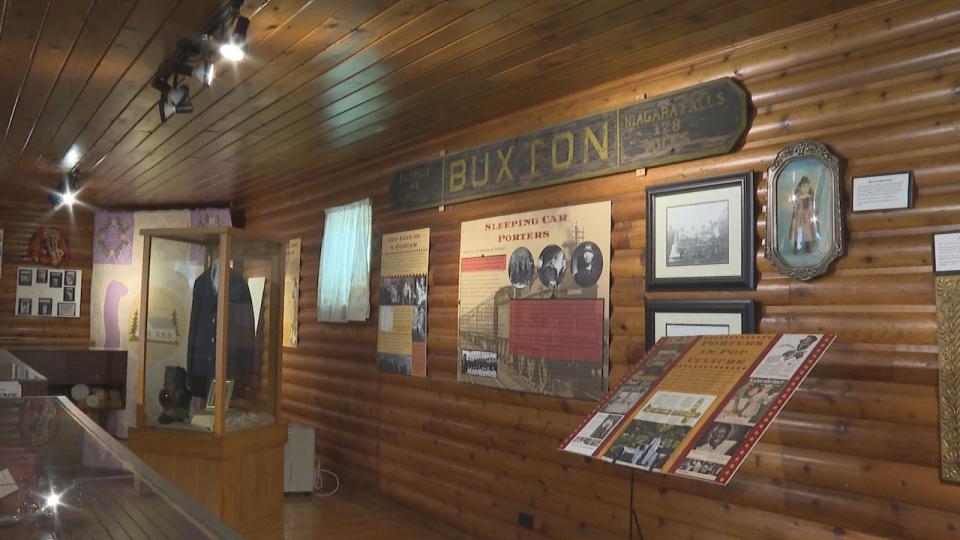Curator of Ontario museum marking final Underground Railroad stop is retiring, and her niece is taking over

Among the artifacts on display at the Buxton National Historic Site and Museum in Chatham-Kent in southwestern Ontario is a quilt that features the initials of three women — all family members of Shannon Prince.
Generations ago, Prince's family and others settled in Buxton — one of the last stops on the Underground Railroad.
The museum is dedicated to keeping the community's history alive.
"I know they're beaming with joy and pride of how we are continuing the legacy that they have started," Prince said of her relatives.
After 25 years as curator, Prince is retiring. But the next generation will continue telling the story.
Michelle Robbins, Prince's niece and a seventh-generation descendent of the settlement, is the new curator.
Robbins said she has big shoes to fill, but it's an amazing feeling to get to carry on the legacy — not just of the aunt she calls an inspiration, but also of her relatives who initially came to the area to build new lives.
"It's not a job for me. It's being able to storytell and continue to create ... a chapter in our book," she said.

The Buxton museum showcases the community's history, from its founding as a historically Black community in 1849. (Meg Roberts/CBC)
First known as the Elgin Settlement, it was a haven for African Americans who escaped slavery. The settlement was established in 1849 by Rev. William King and an association that included Lord Elgin, then governor general of Canada. The population peaked at between 1,200 and 2,000 in the years that followed.
The 3,642-hectare community had farmland and all the amenities of a thriving settlement, including a school, general store, hotel, and industrial facilities like mills and a brickyard.
After the Civil War, many settlement residents returned to the U.S., but others remained in Canada.
LISTEN | Shannon Prince joins Windsor Morning:
The museum was established in 1967. Prince became curator in 1999, when Buxton was designated a national historic site. Prince said she will remain involved after her retirement, in part through her duties on the board.
Reflecting on her time as curator, Prince said the museum has had its share of dignitaries and special guests. She also had the opportunity to share her work at different institutions over the years.
"People that walk through that door, people that I meet online, or people that I meet at conferences or just daily visitors, they have enriched my life," she said.
She also said more people are visiting the museum to learn about Buxton's history.
"With the increase of everything that's been happening in the world, you know, Black Lives Matter, racism, diversity, equity, and people wanting to know more about their own Canadian history, they are coming in droves," Prince said.
For more stories about the experiences of Black Canadians — from anti-Black racism to success stories within the Black community — check out Being Black in Canada, a CBC project Black Canadians can be proud of. You can read more stories here.

(CBC)


